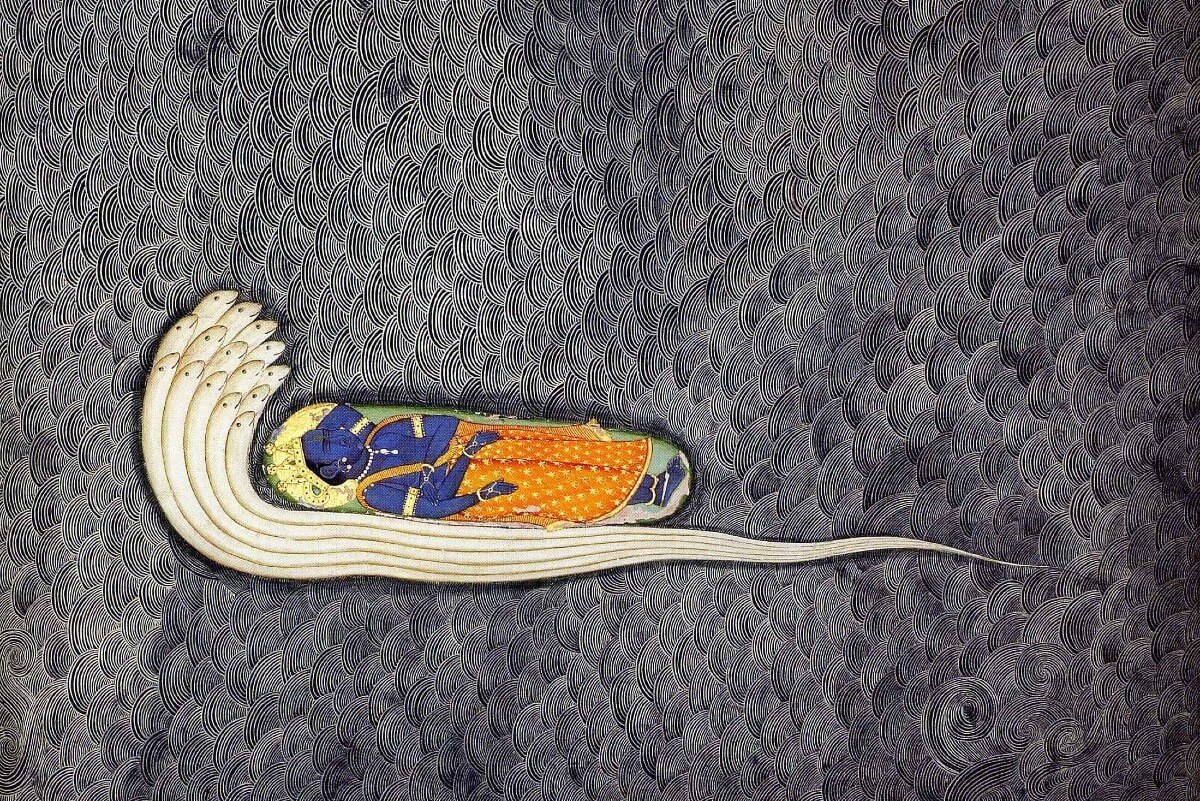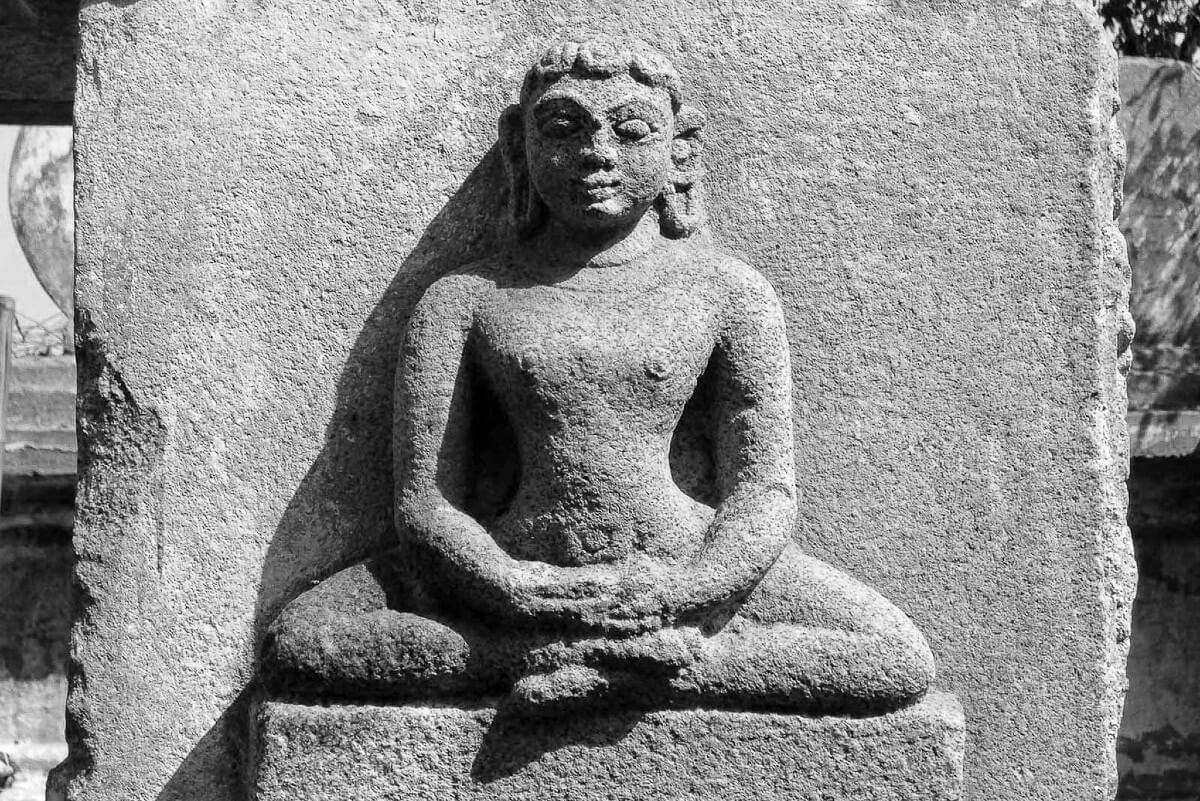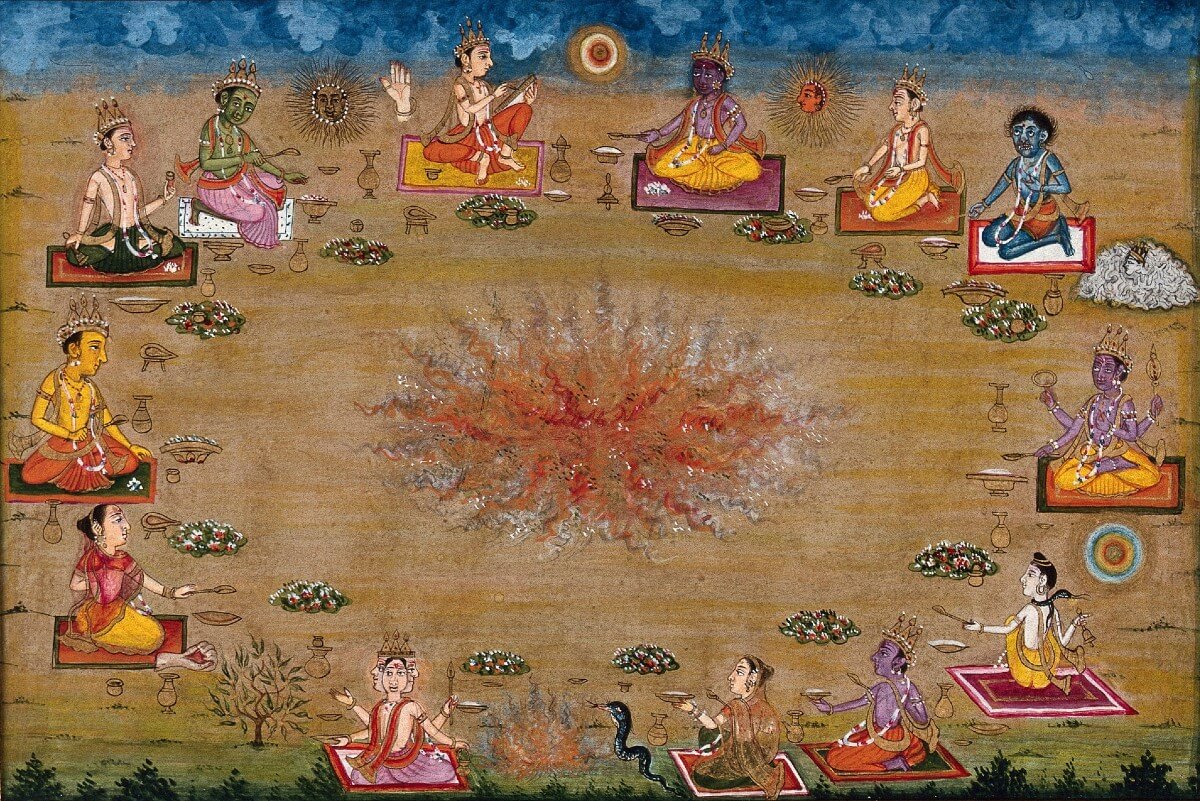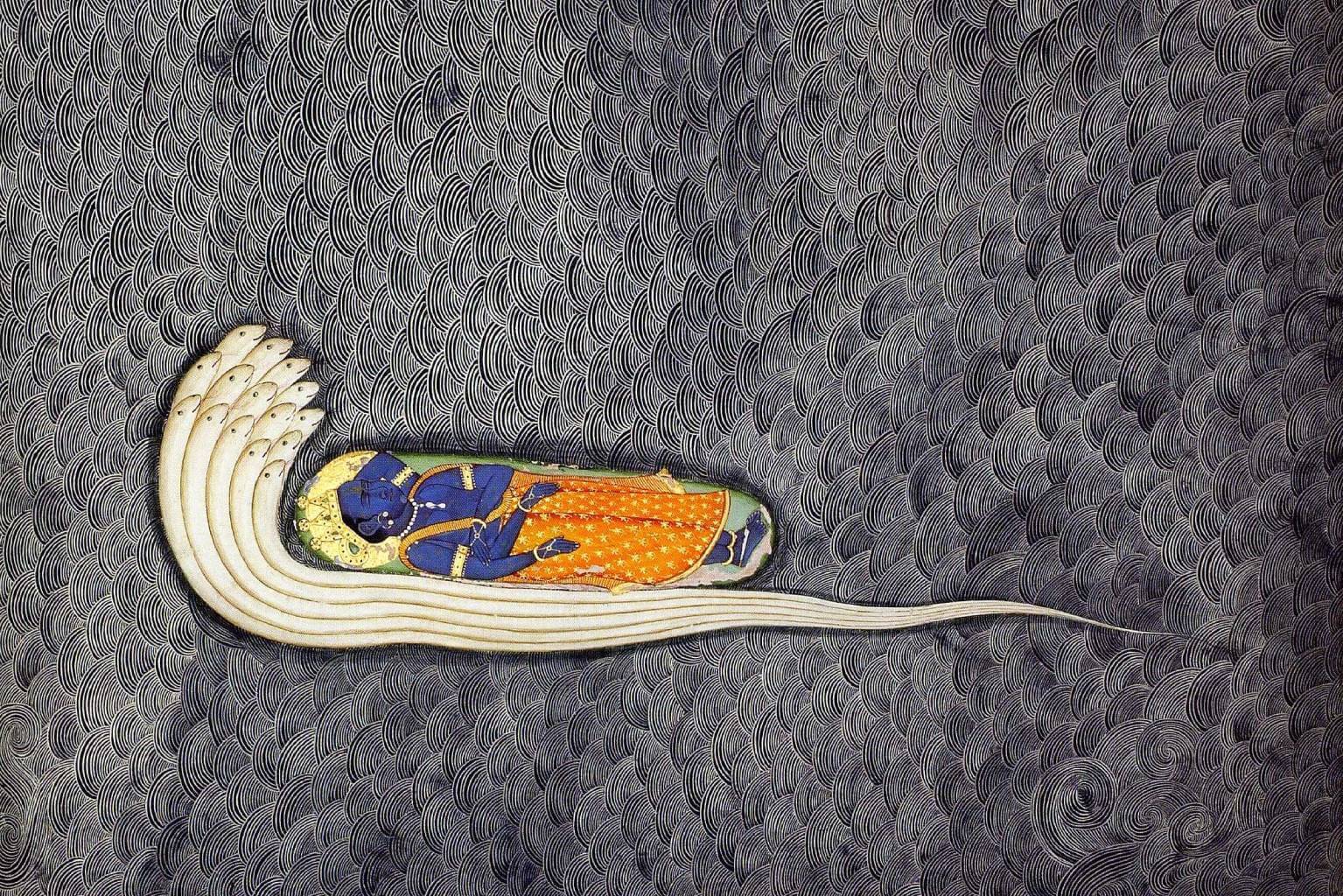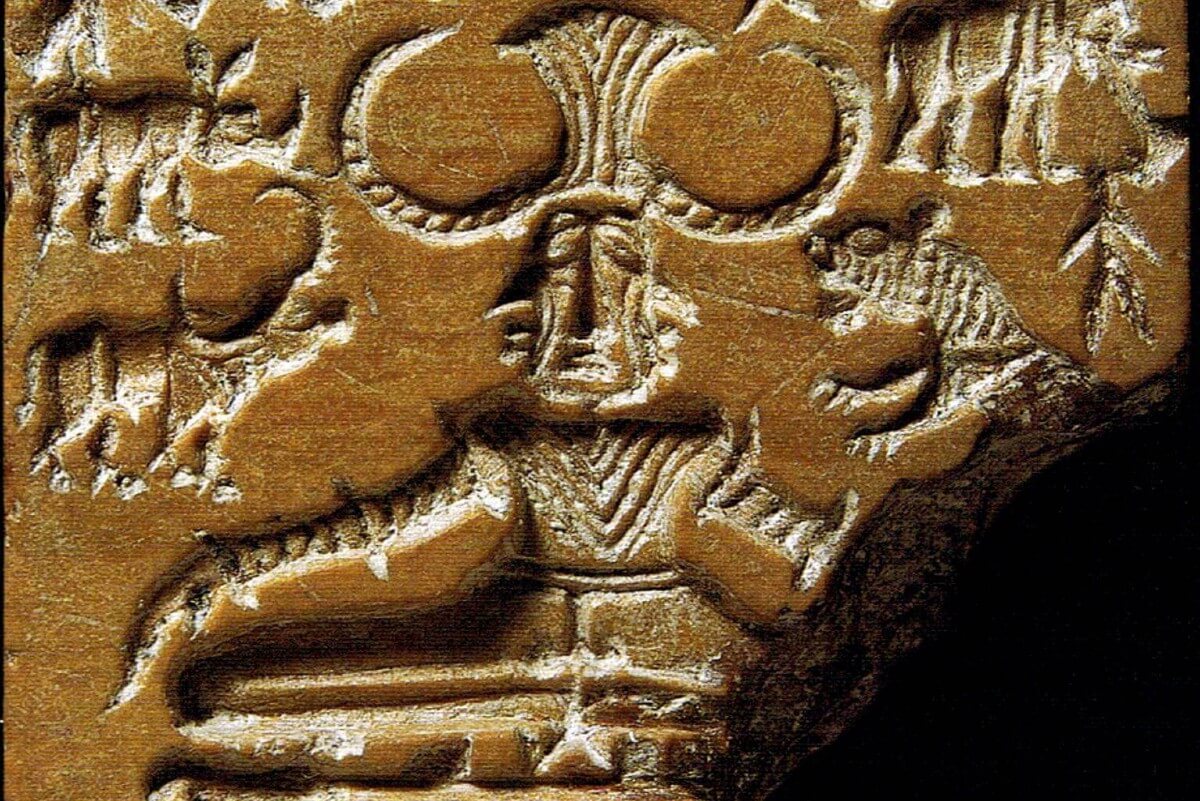....It wasn’t until about 600 BCE, just before the time of the Buddha, that Upaniṣadic ideas were condensed into the Sāṃkhya system. And it’s upon the Sāṃkhya system that the different systems of yoga, those that recognised Vedic authority (Vedanta), and others that do not - Buddhism, Jainism and Charvaka-materialism, - base their arguments.
....It’s a daunting task to try to distill the essence of The Upaniṣads (800-200 BCE),which are the foundational philosophical texts of Hinduism and played an important role in the development of spiritual ideas in ancient India, marking a transition from Vedic ritualism to new innovative ideas in terms of philosophy and practice. They are divinely revealed philosophical teachings that search for the ‘truth’; the reality underlying the world of manifest reality of experience.
....The Vedic Age spans 1500-500 BCE. As the indigenous Dravidians migrated eastward there was an influx of other people – Aryans, – or ‘Noble Ones’ in Sanskrit, belonging to an Indo-European language group, who came over the mountains from Asia around 1500 BCE, first settling in the Indus River, and then moving into the passes of the Hindu Kush, before spreading across Northern India.
....What is Yoga? The history of yoga spans a vast terrain from pre-Vedic Indus Saraswati civilisation to Modern Postural Yoga. This article is a summary of the main movements in the history of yoga philosophy and practice.


